PROJECT DESCRIPTION
The project I posted earlier has been completed.
The setup aims to use USB-C Type to enable Ethernet and USB 2.0 simultaneously. For more details, please refer to the link below.
It's time for the USB C Type Ethernet to be commercialized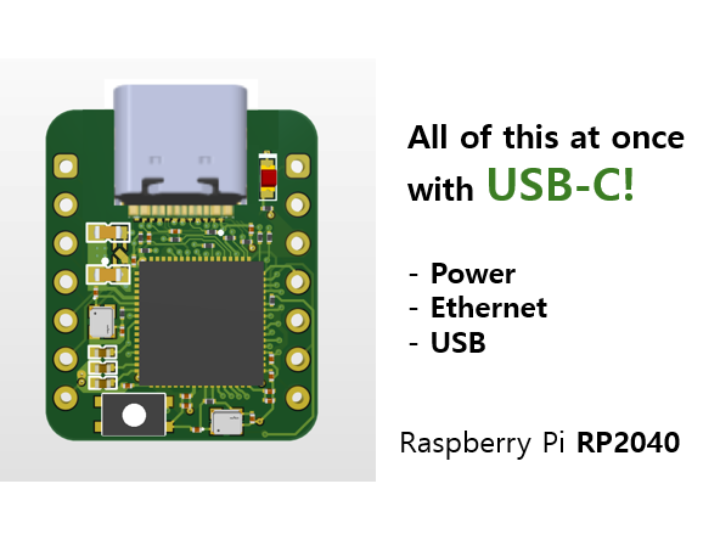
The main chip of this module is WIZnet's new chip, the W55RP20.
This chip combines Raspberry Pi's RP2040 and WIZnet's W5500. Think of it as adding Ethernet functionality to the RP2040. This makes it perfect for small projects requiring Ethernet connectivity.
It's now time to actually produce the board for which we previously worked on the artwork.
Here is the PCB, delivered as an array.
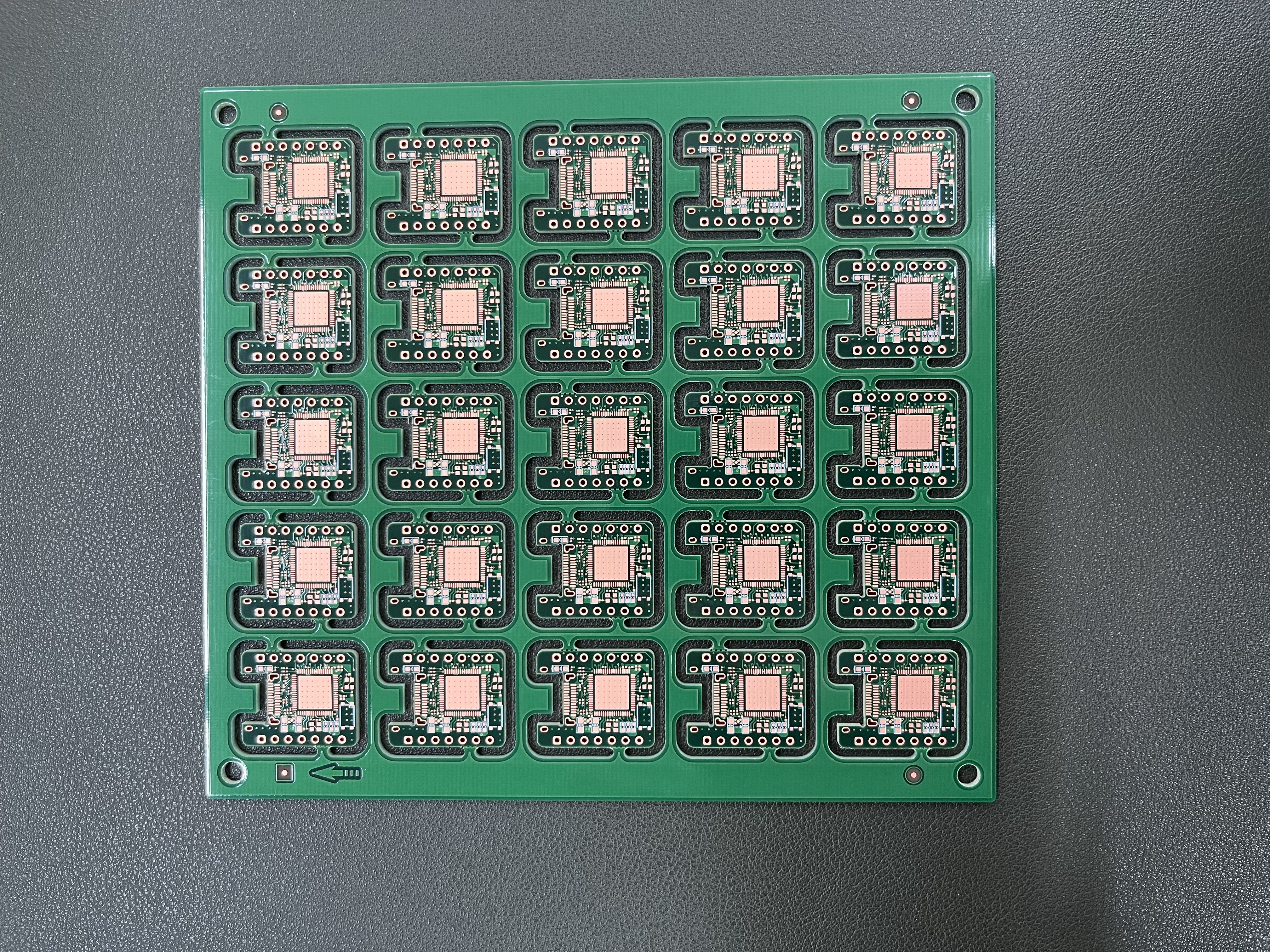
There are many 0201-sized components, so assembly might be quite challenging. However, it's fortunate that the number of components is not too high.
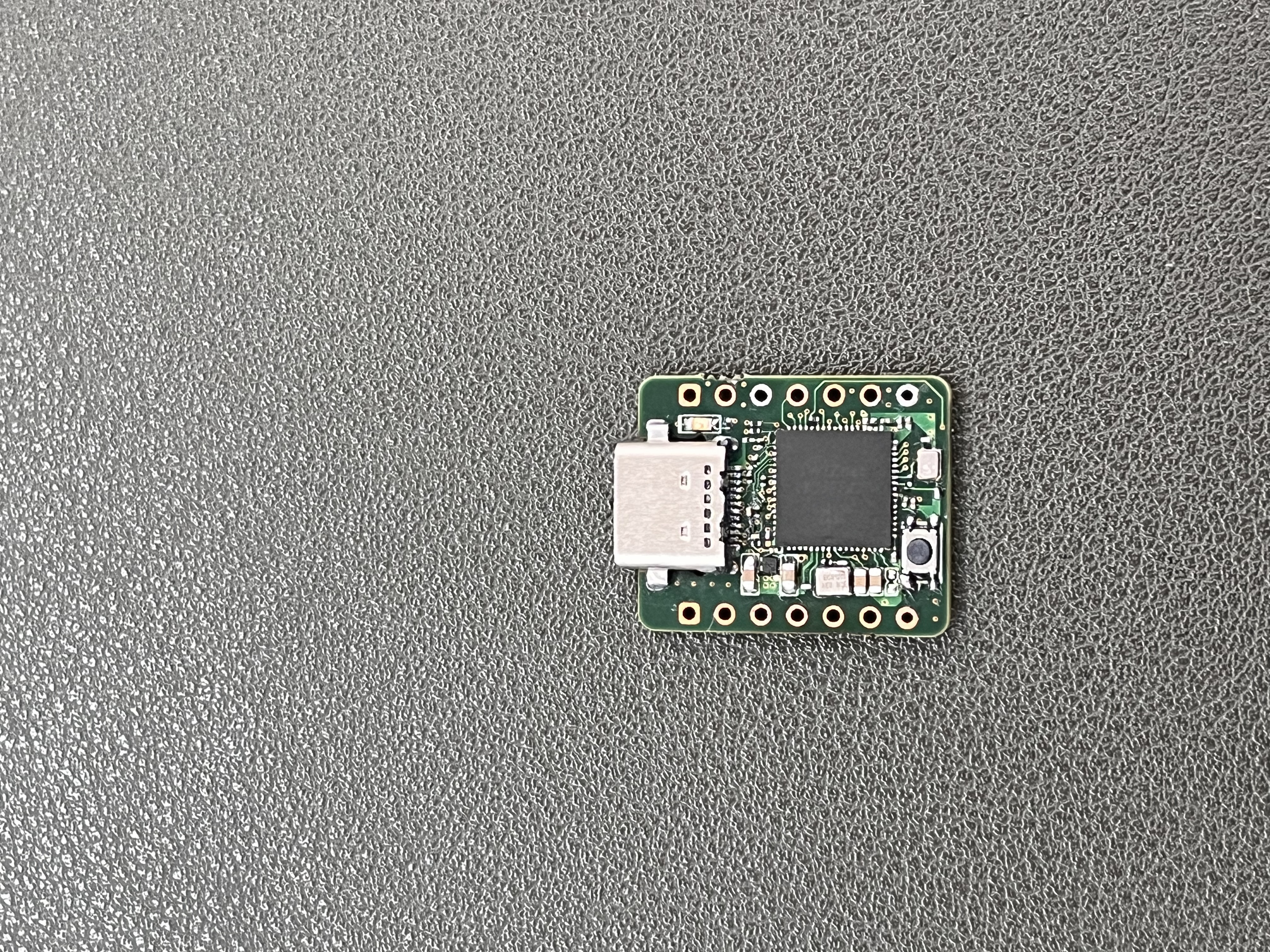
I’ve completed the assembly for now, and it was much harder than I expected.
I must have thought dozens of times that I’d never assemble 0201-sized components again.
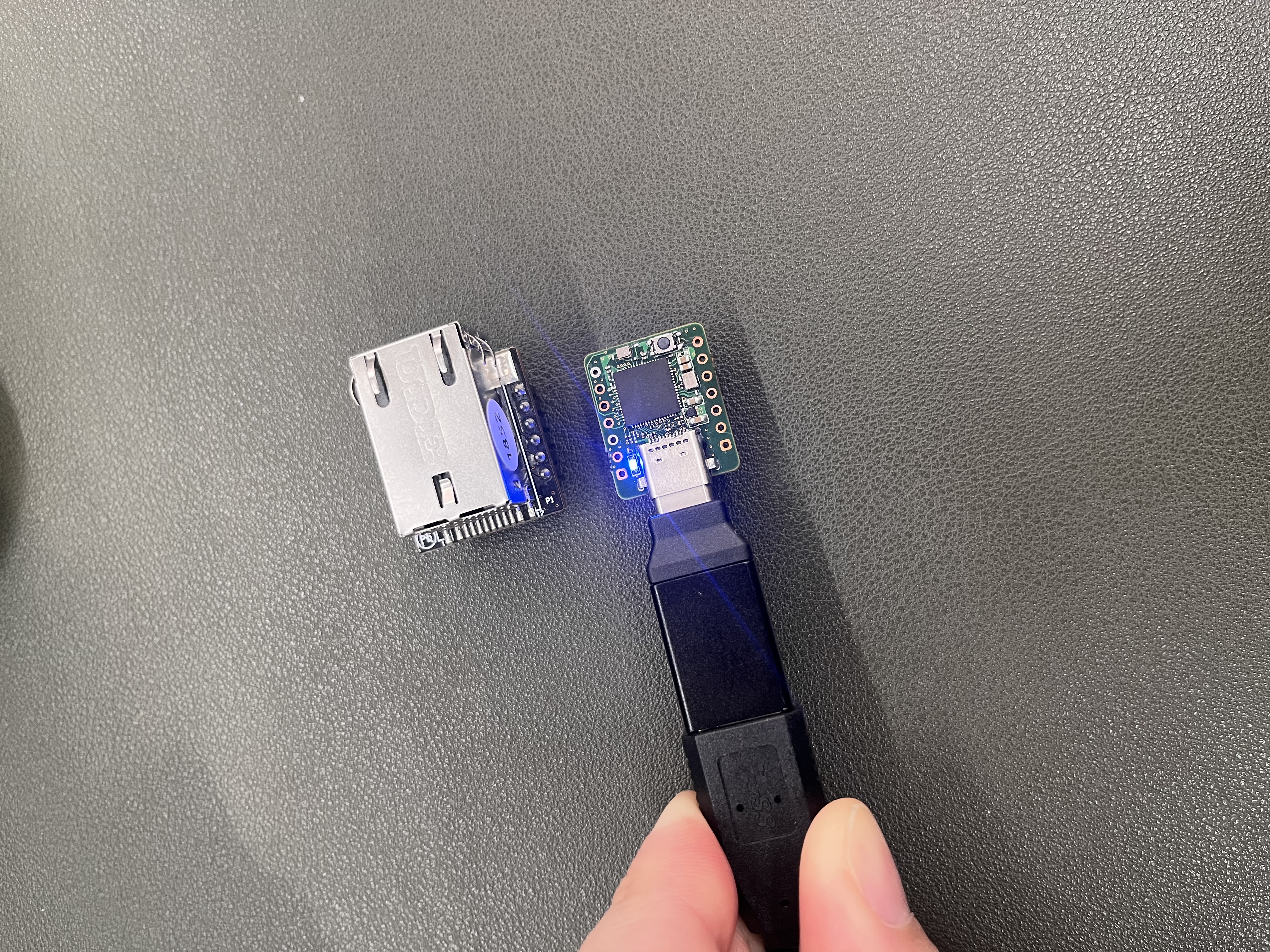
For now, it works perfectly. Both USB and Ethernet operate very stably at the same time.
While working on this design, I realized that DC-DC ICs have advanced significantly without me knowing... I was amazed that such small-sized DC-DC converters exist, and seeing them work so well in practice was truly fascinating.
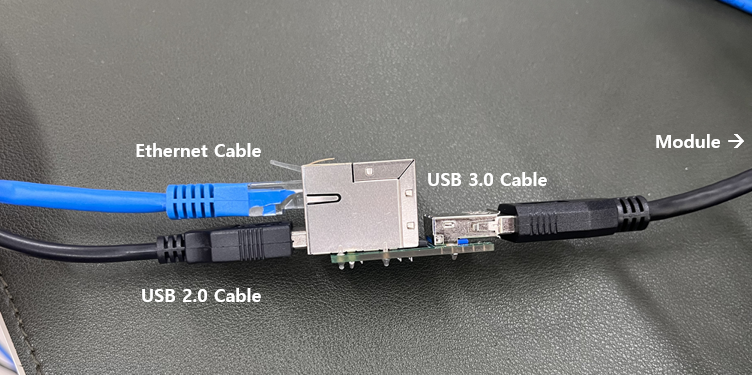
Even with this groundbreaking design, there is a problem.
While this module is designed to enable Ethernet through a USB-C Type connection, the other modules it communicates with are not. All Ethernet modules equipped with RJ-45 that we use operate based on their specific pinout. Therefore, the pinout of this module must be aligned with other Ethernet equipment.
For now, this requires using a JIG.
Of course, if a cable that adjusts the pinout can be made, such work will not be necessary.(As I did in the previous post.)

I tested the Ethernet functionality using a tool called Hercules. The test was conducted with loopback firmware, and it worked flawlessly.
 Alan
Alan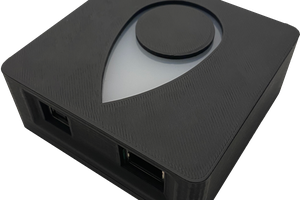
 Demian Zenkov
Demian Zenkov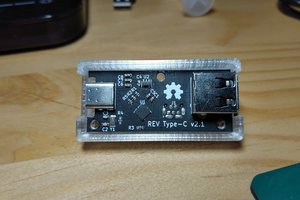
 Thomas Bladykas
Thomas Bladykas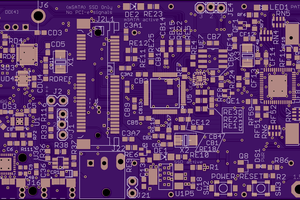
 zittware
zittware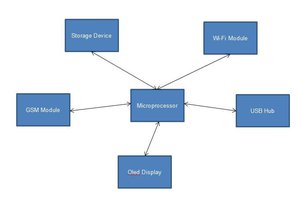
 fadilluquman
fadilluquman